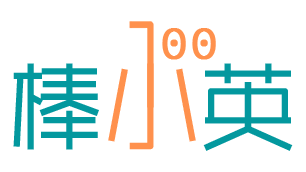出自宋朝苏轼的《次韵米黻二王书跋尾》,旧时形容达官富豪谋取他人财物的手段。现指用各种方法谋取财物。
From Su Shi’s colophon “Following the Rhymes of the Two Princes’ Mi Youren’s Calligraphic Works”. It originally referred to the methods employed by powerful officials and the wealthy to obtain others’ valuables. Now it means acquiring things through various means.
宋朝大书法家、大画家米芾的儿子米友仁,深得其父的真传,在书法和绘画方面同样有很高的造诣,此外,他对古人的作品特别喜爱。
Mi Youren, the son of the great Song dynasty calligrapher and painter Mi Fu, inherited his father’s true mastery in calligraphy and painting. He particularly loved the works of ancient masters.
他曾偶然在别人的船上发现王羲之的真笔字帖,喜欢得不得了,千方百计想要弄到手,但却被字帖的主人拒绝了,他急得差点从船上跳进水里。
Once on someone else’s boat, he accidentally discovered a calligraphic model book in Wang Xizhi’s own hand that he desperately wanted to obtain. But when the owner refused to give it up, Mi Youren became so distraught he almost jumped into the water.
他擅长模仿古人的画品,技艺十分高超,一般人根本无法分辨出真假。他向人借来一幅“松牛图”描摹,后来用调包计将真本据为己有。多日后,画的主人找上门来,米友仁询问画的主人是如何辨别真假的,那人说真本中牛的眼睛里面有牧童的影子,米友仁无话可说,只得将真本物归原主。他经常用这种方法获得真本古画,很多人都被他骗过。
Extremely skilled at imitating ancient paintings, Mi Youren borrowed an “Oxen and Pine Trees” painting, copied it, and then switched it with the original through sleight of hand. Days later when the owner came to collect it, Mi asked how he could tell the real from the fake. The owner said in the genuine work, there was a herdboy’s reflection in the ox’s eye. Mi had no rebuttal and had to return the original.
于是,有人把他这种行为称作“巧偷豪夺”,后来引申成“巧取豪夺”这句成语。
He frequently used such tricks to acquire genuine ancient paintings, deceiving many people in the process. As a result, people described his behavior as “taking by clever trickery and audacious force”, which became the idiom “acquiring through cleverness and audacity.”
